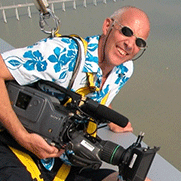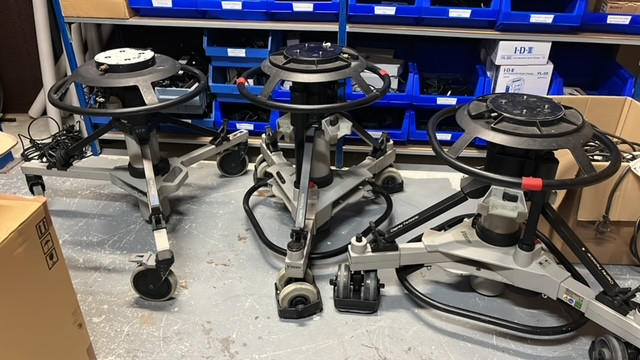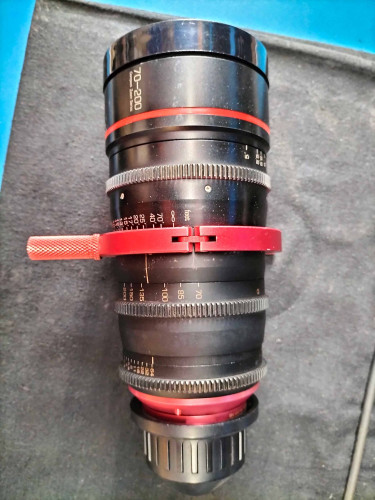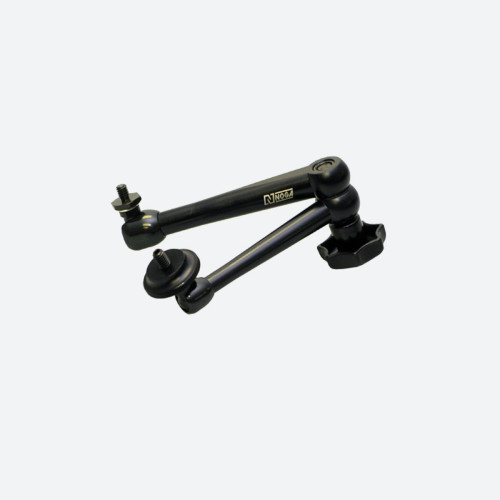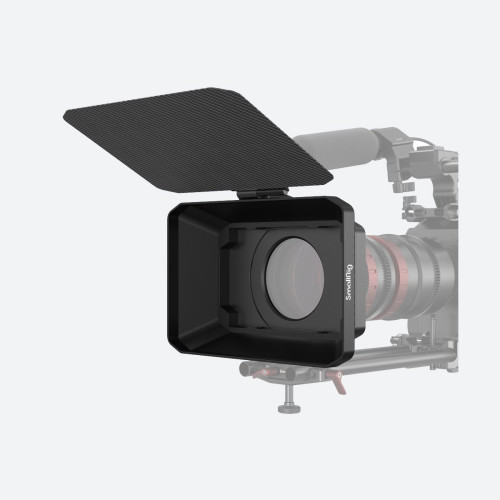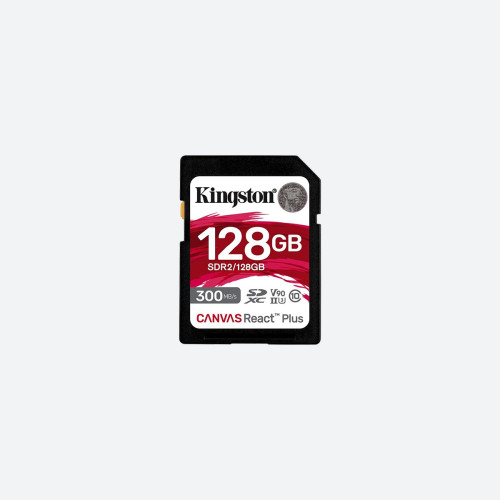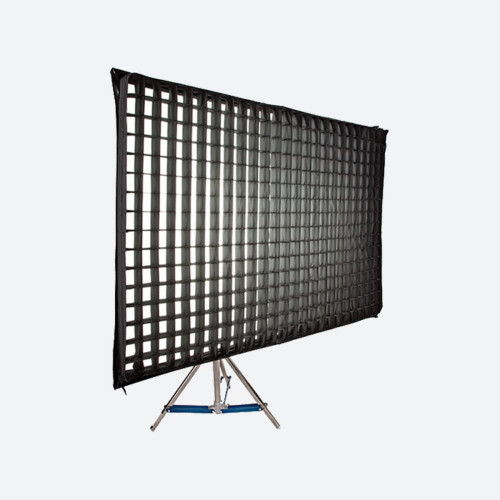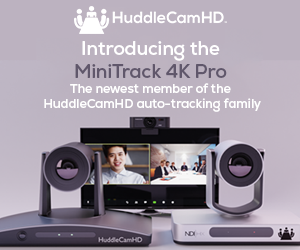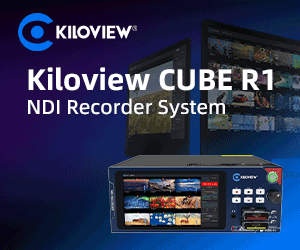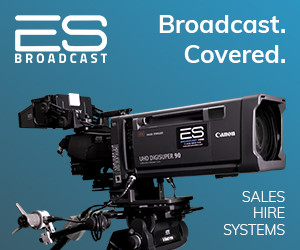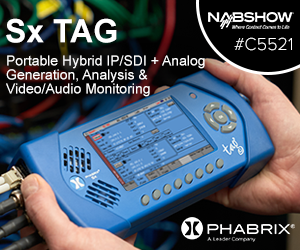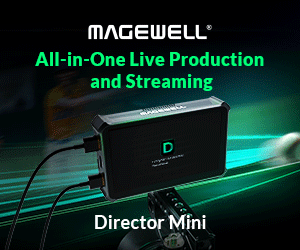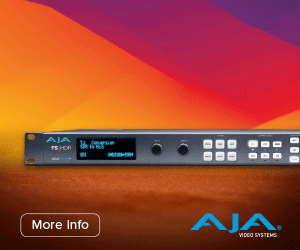A few weeks ago I was watching television and caught a bit of 'Top of the Pops ' from 1984, and I thought, 'Was this one of the programmes I worked on? ' I was privileged enough to be a staff cameraman at the BBC for 20 years, during that time I was able to work on many great shows: Only Fools and Horses, Blue Peter and Two Ronnies to name but a few.
Watching TOTP led me to consider how many new entrants into the broadcasting industry would have the talent or skills to work on these types of programs today? But are these skills still required in the broadcasting industry or are they dead or very limited like coppicing, woodcarving or thatching?
Music shows are still being produced but is there the training for the operators of the future? I was told that the crew of 'Strictly Come Dancing, has been same crew for 10 years, so no chance of training there.
So how did a typical, Top of the Pops ' studio go?
The crew arrived in the studio at 9:30 to begin the rig, there were mainly three camera cranes, a Nike ', a 'Mole ' and a 'Heron ', I remember using many types of cameras but finishing with Thompsons.
The Nike was a battery operated crane, for quietness, it was constantly being charged from the mains. It had a crew of four, a tracker, two people on the arm and the cameraman on the front, it could accelerate very quickly and move very fast probably by about 10 miles an hour.
The 'Mole ' was made by Mole Richardson it had a three main crew, a tracker, arm swinger, and the cameraman. It was powered from 110 V DC supply, it could track quite fast and with the column pumped up it could reach to quite a height.
The 'Heron ' was an incredible piece of kit built by Vinton with a crew of two and was powered by a three phase supply. All the drive mechanism and craning was hydraulic and it could track forward backwards and sideways. The camera operator used his feet to operate the crane and rotated the camera so it was panning, zooming, focusing, craning all at the same time!
On the show there was also a ped and a handheld camera. The rigging usually took around 45 minutes as all the cameras were kept in the camera store beside the studio, the cranes were delivered beforehand by the mechanics who maintained this equipment.
We started rehearsals at 10:30 and the production assistant (PA) would give each crane and camera a set of cards on which were the shot numbers and shot descriptions for all the musical numbers. The director who, on the previous day, had worked out the shot numbers, description, shot length, in bars and beats by listening to each musical track. He had also prepared a camera plan so the cameras knew where they were starting from around each stage.
We then rehearsed each track whilst the backing track was being played, the PA would do a bar count and shot call as the vision mixer from the script did the cuts.
After each run through the director would leave most of the sorting out for the camera crew to do. This relied on a great team effort of the crew to make all the shots and all the cuts work. Looking at viewfinder mix was essential to see how the cut between shots worked.
Having spent a few minutes between ourselves organising the framing and the moves in order to make the cuts work well and to avoid seeing other cameras in shot, we would run the number again. We might rehearse each number three or four times before moving on to the next one.
We then worked through to about 13.00 for lunch. After lunch they recorded the chart rundown as purely a 'voice over ' so the camera and sound crew used to have a leisurely lunch, often in the bar!
About 16.00 we would have a dress run either with just stand-ins miming or the actual band themselves.
At 18.00 we would go to supper, back at 19:00. From 19.00 to 19.30 there were notes for the crew and line-up for cameras and record VT as it was in the basement!
If we were lucky we would finish recording around 20.15, then do the de-rig which took about 30 minutes and if all went well be in the BBC Club for a beer by 20.45. The director usually put some money behind the bar for the crew!
I remember quite a few times the show was live which made the whole production far more stressful but very exciting!
Of course now with lightweight cameras the days of tracking with these particular cranes is over but is it concerning that there are many people now working in the broadcast industries who have not the skills to work on this type of production, indeed how many camera and vision mixing people can actually do bar counts? And are PA 's being trained who can do bar counts, timings and shot call all at the same time, a great skill! A dying skill like coppicing?



